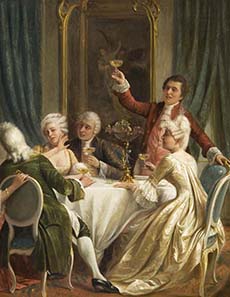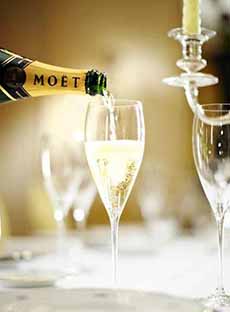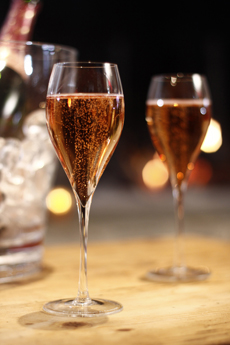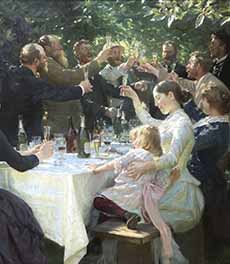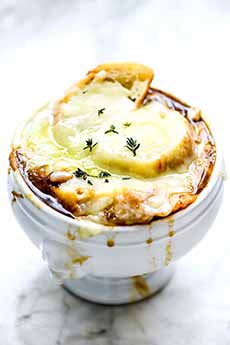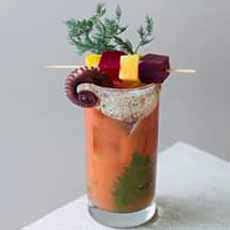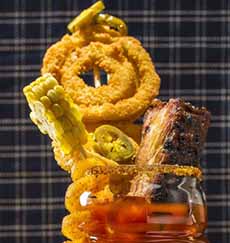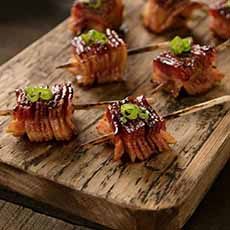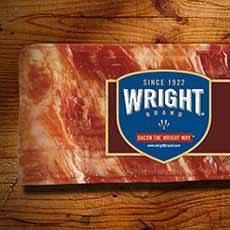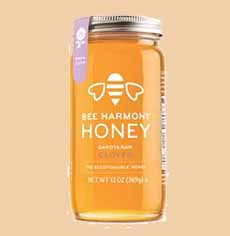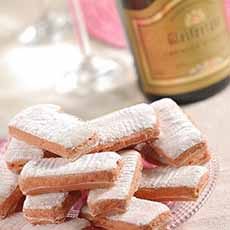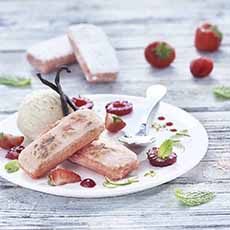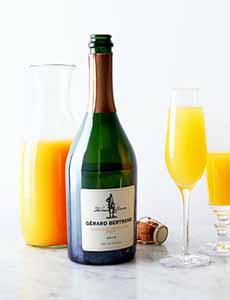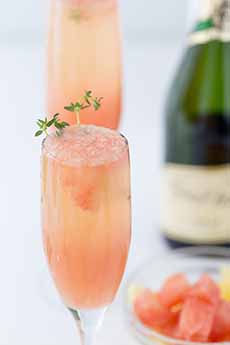|
Is there a cookie to serve with Champagne?
Absolutely: Biscuits Roses de Reims (i.e., pink cookies from Rheims) were made to dip in a glass of Champagne (although you can nibble them without dipping, and can serve with any other sparkling wine).
You can buy them online at Amazon and Walmart. Note that there are regular and mini. The minis belong on a dessert tray; they’re too short for dipping.
Or, you can bake your own! Here’s the recipe from Fossier, the company that has made the biscuits for 263 years.
The history of the cookies is below. They are also called Biscuits Roses, dropping the “Reims.”
RECIPE BISCUITS ROSES DE REIMS
The biscuit was created in Reims in 1690, by a baker whose name has been lost to history.
Since 1775, the biscuits from Maison Fossier biscuits were served during the coronation of the kings of France, which took place at the cathedral in Reims.
Ingredients
4 large eggs, separated
1 teaspoon vanilla extract
1 cup sugar
1-1/2 cups flour
1/3 cup cornstarch
1 teaspoon baking soda
Drop of red food coloring
Confectioner’s sugar
Pastry bag with 1/4-inch smooth tip
Preparation
1. PREHEAT the oven to 300°F (180°C). Mix the yolks, sugar and vanilla in a bowl using a hand blender with a whisk attachment, on increasing speeds over a period of 5-6 minutes.
2. BEAT IN 2 of the egg whites for another 2 minutes. Beat in the remaining 2 egg whites and the food coloring for an additional 2 minutes, until the mixture begins to form stiff peaks.
3. SIFT the flour, cornstarch and baking soda into the bowl, folding in gently with a spatula. You want the mixture to be smooth and uniform in color. Scrape it into the pastry bag.
4. COVER a baking sheet with wax paper and grease it with either butter or non-stick spray. Squeeze out strips of the mixture that are 1/4-inch wide (about as wide as your finger) and about 3 inches long.
5. SPRINKLE with powdered sugar and bake for 15-20 minutes, until a toothpick comes out clean. NOTE: Don’t let the biscuits brown, or else they won’t be pink!
6. REMOVE the biscuits from the oven, sprinkle them with more powdered sugar and place them back in the oven for another 12-15 minutes.
7. REMOVE from the oven and quickly cut the biscuits into even rectangles. Do this before they cool, or else the biscuits will be difficult to cut. If they cool before you finish cutting, you can place them back in the oven for a few minutes to soften.
8. SERVE with sparkling wine, coffee, tea or hot chocolate. As you enjoy them, remember: Kings of France enjoyed them, too. See the history that follows.
THE HISTORY OF BISCUITS ROSES DE REIMS
Sometime around 1690, a new type of cookie was made in Reims*, France, the capital of the Champagne region.
Reims is home to numerous Champagne houses such as Bollinger, Lanson, Mumm, Pommery, Ruinart and Veuve Clicquot.
Its cathedral, Notre-Dame de Reims, was the place where kings of France were crowned for more than 1,000 years: from Louis the Pious in 816 to Charles X in 1825. became the last French King to be crowned at Reims.Louis Philippe I in 1830.
At one point, local baker had the idea to take advantage of the heat that remained in the oven after he removed the bread.
He created a sweet dough and baked it twice to create a crunchy texture, not unlike a ladyfinger.
He turned sugar, flour, eggs and salt into biscuits: In Europe, the words bis cuit mean twice-cooked, which is identical to the Italian bis cotto, the familiar biscotti.
After the first baking, the biscuits were topped with confectioners sugar and left in the bread oven, where they underwent a second baking and the sugar turned into a glaze.
The biscuits had a crisp exterior that retained their shape when dipped in the local Champagne (or coffee or other hot beverage). They then melted in your mouth: a gustatory delight.
These original biscuits, which were white, were dotted with black specks from the scraped vanilla beans. Thinking that unattractive, one of the local bakers used carmine†, a red food dye, to color them pink.
Voilà: Biscuits Roses de Reims (i.e., pink cookies from Rheims).
In 1756, during the reign of Louis XV, another baker opened a shop in Reims. He evidently made a great biscuit rose, because in 1775, his biscuits were served during the coronation celebration of Louis XVI. The biscuit maker, whose name is also lost to history, became supplier to the king.
In 1825, the biscuits received a royal certificate with the seal of Charles X‡. The news spread rapidly among French gourmets, who ordered Biscuits Roses de Reims delivered by courier.
As the biscuits became available throughout the land, they were used to dunk in the local wines, and to complement other French desserts [source].
In 1845, a M. Fossier took over the business, calling Maison Fossier “the Mother company of the Biscuits de Reims.”
A 1950 census counted 15 biscuit-makers in Rheims. Today, only Maison Fossier remains [source].
MAISON FOSSIER TODAY
The current line includes biscuits in everyday and gift packaging, pink biscuit powder for crusts, mousses, garnishing, etc.; and a sweet spread made with the powder.
What is the difference between a boudoir, a spoon cookie and a Biscuit Rose de Reims?
The Biscuit Rose is characterized by its color and is made only in Reims.
The boudoir is a similar to a ladyfinger, but is drier and harder.
Biscuits à la cuillère (spoon cookies) have a soft texture like ladyfingers. They can be too soft to dip into a beverage. [source]
________________
*Reims is pronounced nasally as “ranse” (hold your nose to hear the sound).
*†In the days before modern food coloring, pink and red colors were made with carmine, a red dye made from pulverized cochineal (an insect that lives on cacti). The dye is labeled as natural coloring.
‡King Charles X was ultimately overthrown in the French Revolution of 1830, also known as the July Revolution (révolution de Juillet). His successor, Louis Philippe, opted not to have a coronation.
|
